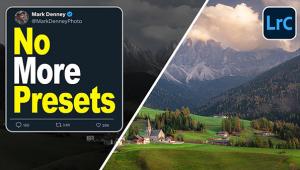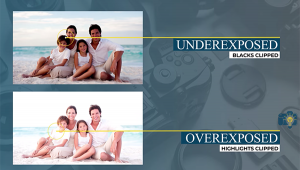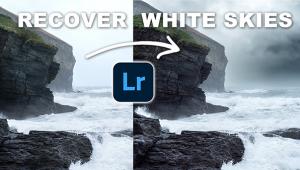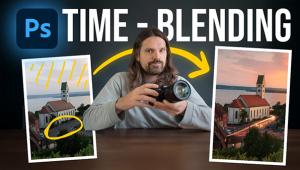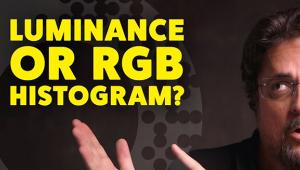DCF Full Spectrum; Does It Bridge The Gap Between RGB And The Eye?
According to the folks at Tribeca Imaging Laboratories (TIL), digital cameras
(and I might add many types of film) "can't see purple." They
go on to say, "The digital color model generates a limited spectrum. Any
user can confirm this by simply pointing a camera at a deep blue or purple object
and comparing the colors on the camera's LCD or computer screen to the
original subject."
While those of us who have tried to photograph chrysanthemums on film in the
past know about this purple thing, the TIL crew decided to do something about
it. They conducted years of research and came to the conclusion that the issue
is not camera specific. Indeed, they concluded that the limited spectrum response
was common to all digital cameras, dubbing digital color "universally
inaccurate." Their response is the DCF Full Spectrum plug-in for Adobe's
Photoshop, which works on both Mac and PC platforms. They claim that by using
DCF Full Spectrum in Default mode that the photographer will get the most accurate
possible colors from digital images, shot in sRGB or Adobe RGB.
DCF Full Spectrum Panel |
|
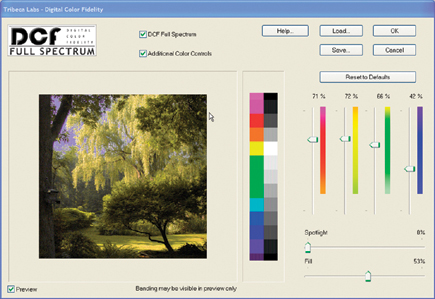 |
|
|
Although, according to TIL, RGB can produce millions of color combinations,
the inaccuracies occur throughout the visible spectrum, and is particularly
evident in violets, indigos, blues, and greens. Their software is a "color
difference model" that is said to correct for the inherent shortcomings
of the RGB model. It is "device independent" and works within the
RGB "infrastructure" by remapping every possible color in RGB from
its default to a corrected RGB triplet.
We worked with the DCF (Digital Color Fidelity) software and found that it did
indeed alter the colors on screen, and that "live" demos (having
the subject in front of you when you take the shot and use the software) show
a decided shift toward truer color fidelity after application. Showing them
on the printed page, however, would be problematic, as the subtlety of those
shifts generally would not show up in the classic before and after setup.
There are three main choices in the DCF plug-in, which after installation is
accessed from the File>Automate menu of Photoshop. The default is an application
of DCF called "Full Spectrum," which runs a routine that opens up
greens and alters blue sky. The odd thing is that you are not sure just what
has occurred, as the image you begin with on screen has often become more familiar
than the "original" scene as you saw it, so it can be hard to judge
if the correction is gratuitous or meaningful. The main issue for this writer
is not always absolute "true" color, a discussion of which can open
a whole can of worms, but whether the color serves the content and desired mood
of the image. For others, "true" color may be more meaningful or
necessary.
Pre-DCF |
|
 |
|
|
|
Post-DCF |
|
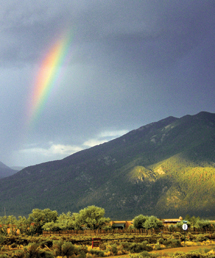 |
In any case, the program does seem to allow for the enhancement of certain
types of images, mostly nature and scenics, and should be of interest to those
who like to work outdoors. However, studio product, fashion, and the like photographers,
where spot on color is necessary, will also benefit. The major differences are
in the lower frequency colors mentioned earlier.
















